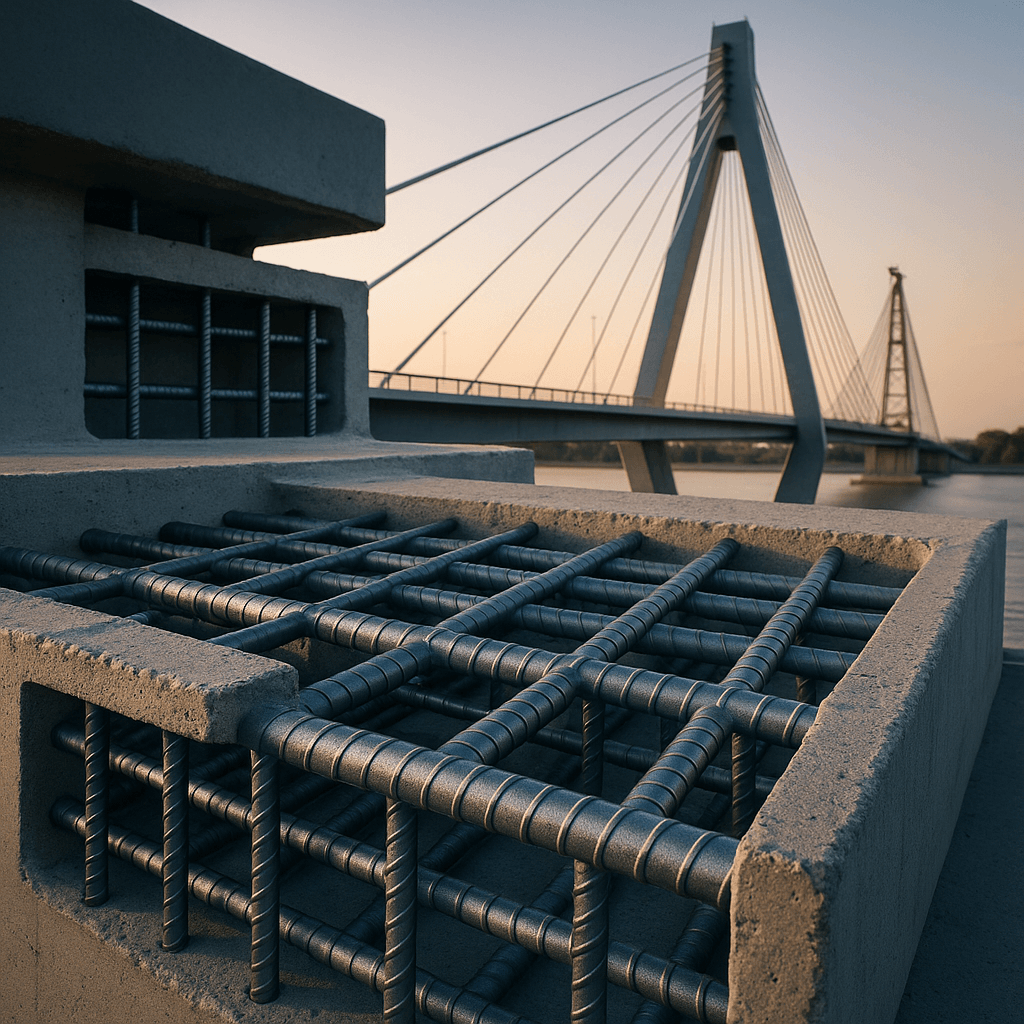Allium Engineering just cracked one of infrastructure's biggest problems. The startup's paper-thin stainless steel coating for regular rebar could extend bridge lifespans from 30 to 100 years while cutting concrete use by 10%. With bridges representing a $400 billion repair backlog, this tech couldn't come at a better time.
America's crumbling bridges just got a lifeline from an unlikely source - a startup that's making regular steel rebar nearly indestructible with a coating thinner than a human hair.
Allium Engineering is tackling the rust problem that plagues concrete infrastructure. About one-third of US bridges need repair or replacement, creating a nearly $400 billion maintenance backlog over the next decade. The culprit? Corroding steel rebar that causes concrete to fail prematurely when exposed to water and salt.
"It's too expensive to be used in every bridge," CEO Steven Jepeal told TechCrunch about traditional stainless steel rebar, which costs five times more than regular steel. Cities only use it for critical spans where shutting down traffic isn't an option.
Allium's solution is elegantly simple: coat regular rebar with a 0.2mm layer of stainless steel during manufacturing. The process starts with 7,000-pound steel billets that get wrapped with stainless steel wires before being rolled down to final rebar dimensions. As the steel stretches up to 150 times longer, the stainless coating maintains complete surface coverage.
"As long as we're getting full coverage of the surface, a thin layer is enough stainless steel to resist corrosion for hundreds or thousands of years," said CTO Samuel McAlpine in the TechCrunch interview.
The startup has already proven the technology works in real-world conditions. Recent deployments include bridge deck replacements on Interstate 91 in Massachusetts and U.S. Highway 101 in Mendocino County, California, plus a commercial boat yard in Key West, Florida.
Allium is targeting the sweet spot between standard epoxy-coated rebar and expensive full stainless steel. Epoxy coating adds 25-50% to rebar costs but requires careful handling and patching of any damaged spots. The company aims to match epoxy pricing while delivering superior performance.
The economics get even better when you factor in concrete savings. Engineers typically pour extra concrete around rebar to delay salt penetration - a non-structural buffer that Jepeal calls "just meant to insulate the rebar and delay how long it takes for salt to get to the rebar." Eliminating this protective layer could reduce cement consumption by 10% per project.












